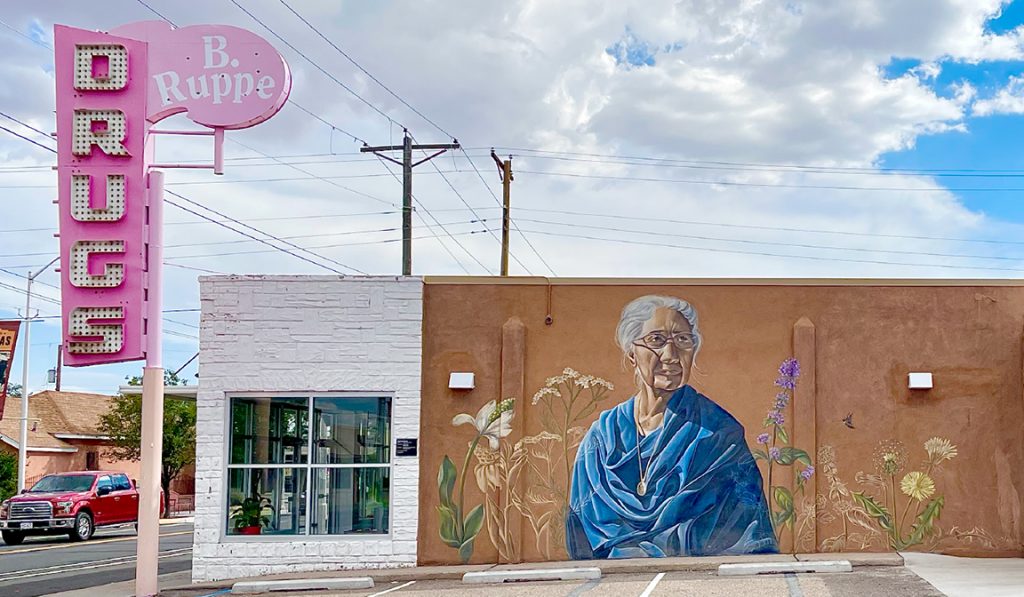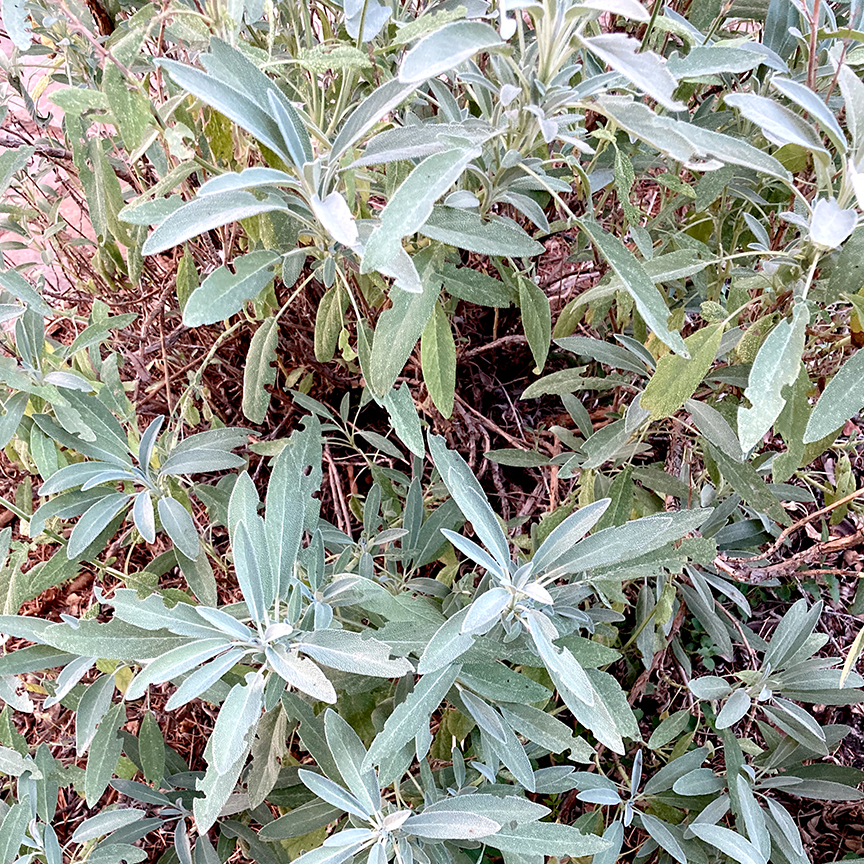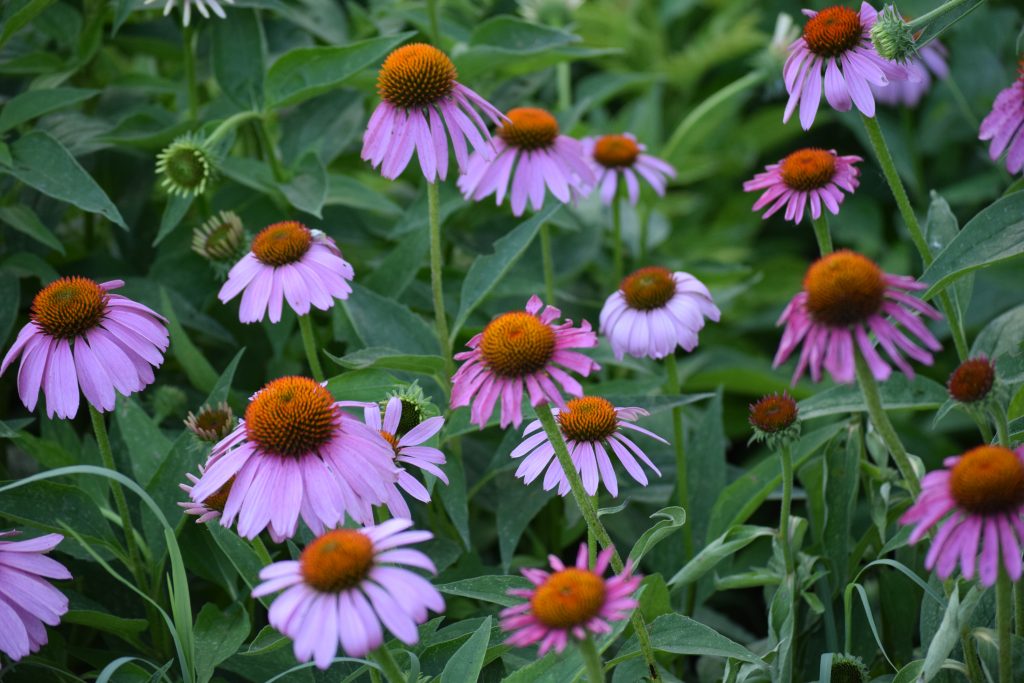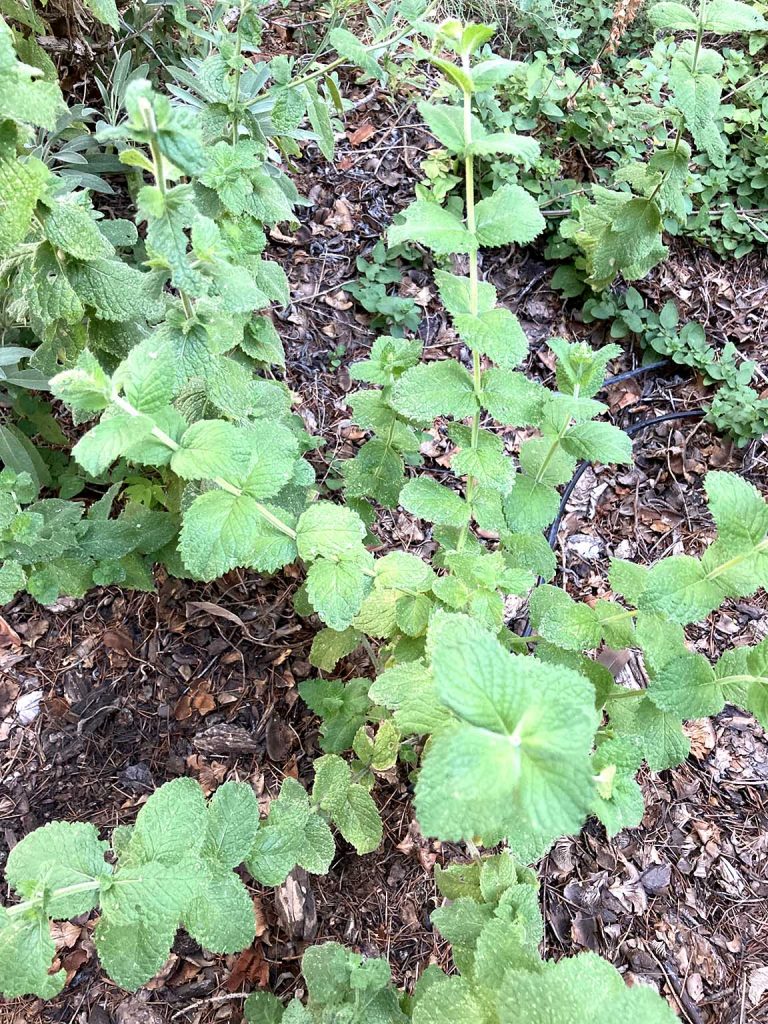
Plants have been used as medicine by people in New Mexico for millennia. In the mid Rio Grande watershed, knowledge from Plains, Pueblo and Hispanic people have been shared as well for the last 400 years with healers using at least 70 plants found to have medicinal uses. One plant may have multiple, seemingly unrelated uses. This is because plants are complex, made of many compounds, while the pills we buy have been engineered to have only one compound/use. Fifty percent of the pharmaceutical products prescribed in Western medicine had their origin in plants. Some you might know include aspirin (pain) from willow bark, digitalis (heart failure) from foxglove, and Vincristine (leukemia) from periwinkle.
Here are some examples of medicinal plants found and used in our watershed:



Yarrow is used as a tonic for colds, and the leaves can be used to cool the skin.
Garlic will help with digestion and lower cholesterol.
Fennel is used to decrease the appetite and help with obesity.
Juniper is taken as tea before and after labor.
Echinacea root is used to fight infections.
Creosote bush salve helps chronic skin conditions and can treat warts.
Globe mallow’s leaves can be crushed and used as a shampoo and to promote hair growth.
Sage tea can be gargled to treat mouth sores.
Dandelion roots are high in iron and are used to treat anemia.
Parsley is used as a diuretic.
Mint tea increases the emptying time of the stomach which helps with indigestion.
HOW TO MAKE VARIOUS HERBAL PREPARATIONS:
Extract – Soak the herb in a liquid such as alcohol.
Ointment – Heat the herb with petroleum jelly.
Syrup – Boil the herb with added honey or sugar until thick.
Tea – Steep dried herbs in boiling water for ten minutes.
For more information on collecting and preparing medicinal herbs, check out “Healing Plants of the Rio Grande Valley: Hispano and Pueblo Uses of Nature,” edited by Verónica Iglesias Swanson and Carlos Vásquez. Additional information in this article from Maria Thomas, Sue Brown, Ken Gingerich

